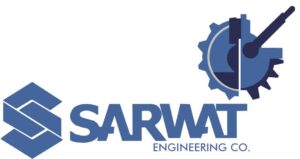Oil Lubricated Rotary Screw Air Compressor
Compression capabilities
CompAir’s rotary screw range operates between 4kw to 250 kW (5 to 335hp), producing working pressure at 5 bar to 13 bar (72 to 188psi).
- Fixed versus variable speed drives
- Intelligent design
Benefits of a lubricated compressor
- Full automation via the Delcos Controller
- the right amount of grease at exactly the right time
- no manual intervention required
- No downtime
- Fast, easy, cost-effective maintenance
- Replacement of the cartridge takes place during the service at 4000h or 8000h
- Longer life expectancy as rotors rarely need to be replaced
Applications and uses
- Food, Beverage and Brewing
Product handling, food filling machines, fluid pumps and air knives. - Military
Operate pneumatic targets, operate simulators, clean tank cannons. - Aerospace and Automotive
Type inflation, product finishing, air operated robots, plasma cutting and welding and paint shop applications. - Industrial
Air operated tools, shot blasting, cleaning, lifting equipment and cooling and heating. - Electronic
PCB board cleaning and pick and place machines. - Manufacturing
Construction, spray finishing equipment, air hoists and tools. - Petrochemical
Process air, control valves and cylinders, material handling and nitrogen generation. - Medical and Pharmaceutical
Air knives, vacuum packaging, fluid pumps and process air.

7 - 11 kW
L07 to L11
Flow: 0.41 to 1.87 m³/min
Pressure: 5 to 13 bar
Low-noise, fixed speed compressor.

22 - 30 kW
L23 to L29
Flow: 0.92 to 5.52 m³/min
Pressure: 5 to 13 bar
Fixed & Variable Speed compressor.

30 - 45 kW
Li30 to Li45
Flow: 1.33 to 8.67 m³/min
Pressure: 7 to 10 bar
Fixed & Variable Speed compressor

45-132kW
L45 to L132
Flow: 2.20 to 22.88 m³/min
Pressure: 5 to 13 bar
Fixed & Variable Speed

160 - 250 kW
L160 to L290
Flow: 6 to 47 m³/min
Pressure: 5 to 13 bar
Fixed & Variable Speed




